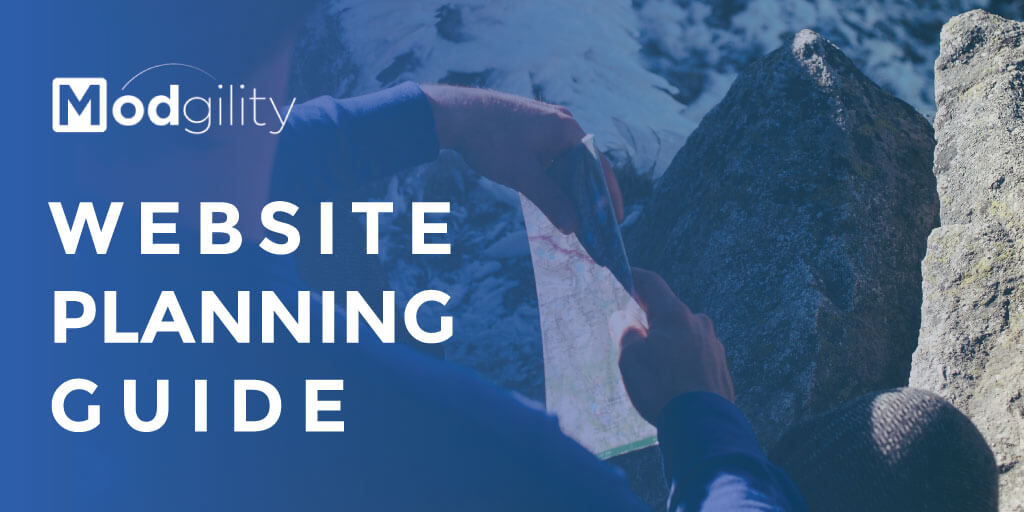Planning a website is a complex process, as it needs to consider a slew of factors. It is crucial to make a viable strategy that will launch your website immediately when it comes to SEO.
Monitoring SEO performance is equally important, as some adjustments will always be in demand, so make sure to pay attention to all essential SEO elements from day one.
Brainstorming your website strategy and structure can be observed as a highly specific task. It can be linked to the strategies that conscious entrepreneurs draft because they are creative and innovative.
1. Set Some OKRs
Before you even begin, you should set your goals for your website. We’re not talking about any goals; you need to define targeted goals.
To do this, the best strategy is to set OKRs. The Objectives and Key Results (OKR) methodology is about setting targeted goals by defining key results.
Key results need to be clear, adjustable, and measurable for the strategy to be effective.
Here are some OKR templates for more in-depth info.
2. Create SOPs for Your Websites
Like Gmail templates are helpful when writing emails, to simplify creating and updating your website, you should draft standard operating procedures (SOP). A proper SOP document is aimed at creating an efficient and uniform workflow followed by all employees.
In short, SOPs feature step-by-step instructions guiding the employees on performing technical, repetitive processes. Namely, it is crucial that everyone working on your site stays on the same page.
3. Satisfying Search Intent
First of all, keywords are essential when it comes to SEO. However, it is not enough just to do thorough keyword research. You also need to place them at the optimal positions.
Why is keyword mapping critical?
For starters, users search Google to get answers to their specific needs. It can be anything: from setting up your business email to checking out porcelain table lamps. Whatever it is they are looking for, it is called search intent. For your page to rank better, it needs to meet the target search intent.
Google ranks websites based on the accuracy and quality of search intent answers. If your content offers the best solution to a search query, your website will rank on the first page of Google’s search results.
So, how do you transform a keyword list into a content plan?
It’s simple: apply keyword mapping!
4. Keyword Mapping
Simply put, keyword mapping is the process of placing the target keywords on your website’s specific pages. Efficient keyword mapping has a piece of content for every topic and target keyword.
Keep in mind that a proper SEO strategy only deals with evergreen content. That said, if you want to add more content to a piece or discuss the topic further, you should update your existing page. Don’t write about the same topic over and over again (this is called content duplication).
Tip: Having multiple pages on your website aiming for the same keyword (keyword cannibalization) is not a good idea. Instead, each page should have its unique keyword.
5. Pages to Include
While there are different approaches to website structure, there are some elements that should be universal for each website. Relevant pages include:
- Homepage
- About Us
- Our Services or Products
- Contact
- Terms of Service
Homepage
Your website’s homepage is the first page most visitors will see, and it is also the most linked page.
Because of that, the homepage must clearly explain what your business does and what you have to offer. A stellar homepage should list services, products and guide the visitor deeper into other pages.
Your homepage should be optimized for your brand name and the theme of your business.
About Us
Pages like About Us, Contact, Terms of Service, and Team are not SEO pages as such. They are pages that convey authority, trust, and the visions of your company. They serve to bring authority and build trust.
They do not necessarily need to feature keywords.
Our Services or Products
Sales pages like Our Services are a source of revenue. It is best to use transactional keywords. (e.g., “online chemistry course for beginners”).
However, while transactional keywords certainly work their magic, people, as a rule, don’t like linking to sales pages. If you want to gain backlinks (and you should), you’ll need to think of additional content to provide further context.
6. Focus on Content Pages and Posts
Content pages like blog posts, guides, tutorials, and articles are primary SEO targets. A great majority of the keywords will target these.
As mentioned above, you should make an effort to assign a specific topic to each page, write a quality post, and optimize it for the chosen set of keywords.
It is also a good idea to cluster topics into buckets. For example, if your services include “software optimization New York,” you should write about software optimization on your blog, which will help you rank for these specific search terms.
7. Brainstorm Your Silo Pages
Silo pages, also known as “silo structure,” “pillar pages,” and “hub pages,” are mini homepages for a target content theme that list all relevant content and posts on that page.
Using the example from above, if a visitor wants to learn all there is to know about software optimization, they should find all relevant information in one place — your silo page.
People commonly attempt to build silo pages using the existing blog categories, but there are other strategies.
Conclusion
SEO is an ongoing process. While it is true that it calls for strategic thinking and a solid strategy, your job will become considerably easier over time if you start doing things correctly from day one.
SEO takes time to root, but it always delivers, so just be patient, persistent, and keep updating your posts!
Featured image by Gerd Altmann from Pixabay
Share this
Sign up for blog updates!
Related Stories

Comprehensive Website Review Checklist to Increase Leads

Maximizing Your SEO Strategy: 8 Common Mistakes to Avoid
